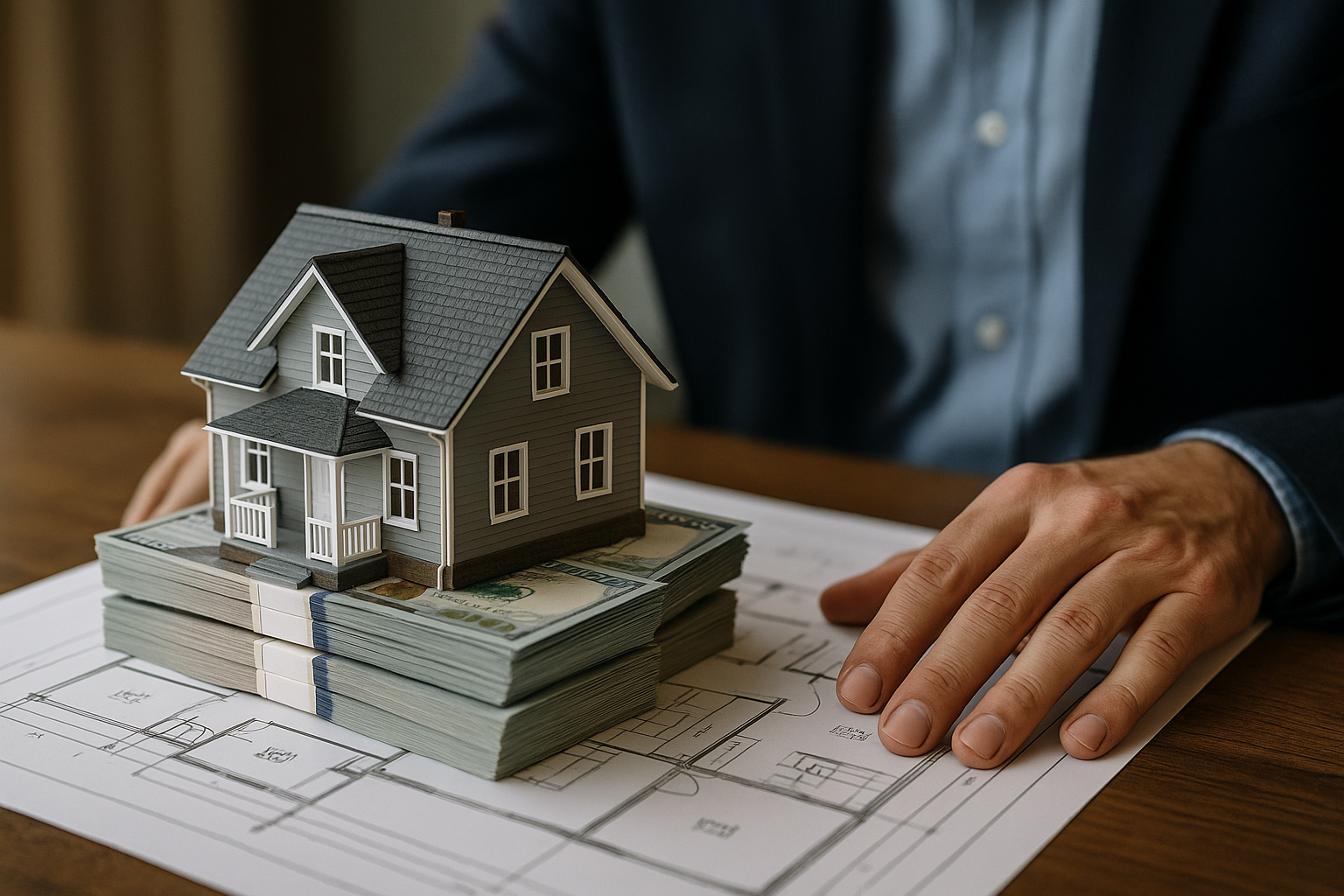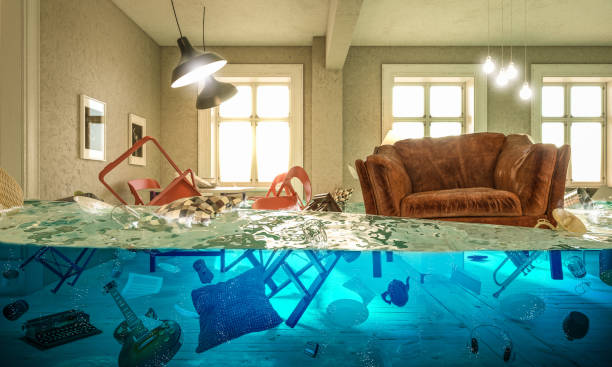Funding Your Vision: A Guide to Home Improvement Loan Options
Embarking on a home improvement project can transform your living space, but securing the right financing is a crucial first step. Whether you're planning a major renovation or a small upgrade, understanding the diverse range of home improvement loans available can help you make an informed decision. This guide explores various avenues, from traditional home renovation loans to options like unsecured home improvement loans that don't require collateral. We'll also delve into finding low interest home improvement loans and accessible small home improvement loans, even for those navigating challenges like bad credit home improvement loans, to help you achieve your home's full potential.

What types of home improvement loans are available?
Home improvement loans come in various forms, each suited to different needs and financial situations. Secured loans, such as home equity loans or home equity lines of credit (HELOCs), use your home as collateral and often offer lower interest rates. These are ideal for larger projects due to higher borrowing limits. Unsecured personal loans, on the other hand, don’t require collateral but may have higher interest rates. They’re suitable for smaller projects or for homeowners who prefer not to risk their property. FHA 203(k) loans are government-backed options that combine home purchase and renovation costs into a single mortgage, perfect for buying and renovating a fixer-upper.
How can I find low-interest home improvement loan options?
Securing a low-interest home improvement loan requires research and a strong financial profile. Start by checking your credit score and improving it if necessary. Compare offers from multiple lenders, including banks, credit unions, and online lenders. Home equity loans and HELOCs typically offer the lowest rates due to their secured nature. For unsecured loans, having an excellent credit score can help you qualify for competitive rates. Consider government-backed loans like the FHA Title I Property Improvement Loan Program, which may offer favorable terms. Don’t forget to factor in fees and loan terms when comparing overall costs.
Are unsecured home improvement loans a good option?
Unsecured home improvement loans can be an excellent choice for homeowners who don’t want to use their property as collateral or those who lack sufficient equity. These loans are typically faster to obtain and involve less paperwork than secured options. They’re particularly suitable for smaller projects or for renters looking to improve their living space. However, unsecured loans often come with higher interest rates and shorter repayment terms compared to secured loans. They’re best suited for borrowers with strong credit profiles who can qualify for competitive rates and comfortable repayment terms.
How can I secure a home improvement loan with challenging credit?
While a less-than-perfect credit history can make borrowing more difficult, options still exist for home improvement financing. Some lenders specialize in bad credit home improvement loans, albeit with higher interest rates. Consider a secured loan option like a home equity loan, as lenders may be more willing to work with lower credit scores when collateral is involved. Alternatively, explore government-backed options like FHA Title I loans, which have more lenient credit requirements. Improving your credit score, even slightly, can open up more favorable loan options. Consider adding a co-signer with strong credit or exploring local credit unions, which may offer more flexible terms.
What are small home improvement loans, and when should I consider them?
Small home improvement loans are designed for minor upgrades, repairs, or smaller projects that don’t require substantial funding. These loans typically range from $1,000 to $35,000 and can be either secured or unsecured. They’re ideal for projects like updating a bathroom, replacing windows, or installing new flooring. Small loans often have quicker approval processes and more flexible repayment terms compared to larger loans. They’re an excellent option when you don’t want to tap into home equity or take on a significant debt burden. Consider these loans for time-sensitive repairs or when you want to avoid the complexity of larger financing options.
How do interest rates and terms vary among home improvement loan options?
Interest rates and terms for home improvement loans can vary significantly based on the loan type, lender, and borrower’s financial profile. Here’s a comparison of common options:
| Loan Type | Interest Rate Range | Typical Term Length | Collateral Required |
|---|---|---|---|
| Home Equity Loan | 3% - 8% | 5 - 30 years | Yes |
| HELOC | 4% - 9% (variable) | 10 - 20 years | Yes |
| Unsecured Personal Loan | 6% - 36% | 1 - 7 years | No |
| FHA 203(k) Loan | 3% - 6% | 15 - 30 years | Yes |
| Cash-Out Refinance | 3% - 7% | 15 - 30 years | Yes |
Prices, rates, or cost estimates mentioned in this article are based on the latest available information but may change over time. Independent research is advised before making financial decisions.
When choosing a home improvement loan, consider not only the interest rate but also the loan term, fees, and your ability to repay. Secured loans typically offer lower rates but put your home at risk. Unsecured loans provide more flexibility but at a higher cost. Your credit score, income, and the loan amount will all play crucial roles in determining your options and rates. Always shop around and compare offers from multiple lenders to ensure you’re getting the best deal for your specific situation and renovation needs.




